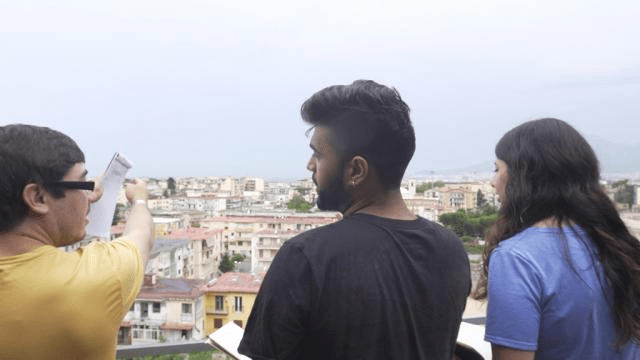For over a decade, the University of Maryland School of Architecture, Planning and Preservation has been providing research and study opportunities for students and faculty in Stabiae, an important historical site south of Pompeii in Naples, Italy. A beautiful seaside area once home to the powerful Roman elite, Stabiae was buried by over 70 meters of volcanic ash with the eruption of Mount Vesuvius in 79 AD.
Thousands of years later, students and faculty travel to Stabiae each summer to painstakingly excavate this site, thought to be one of the largest excavation sites in the ancient world. Using 21st century LiDAR technology, manual documentation and sketch work, the site’s frescos, gardens and structures are documented and preserved for future generations.
Get a sneak peak of the important work done at Stabiae with a new video on Study Abroad in Stabiae.
Read more about their application of LiDAR technology, here.

